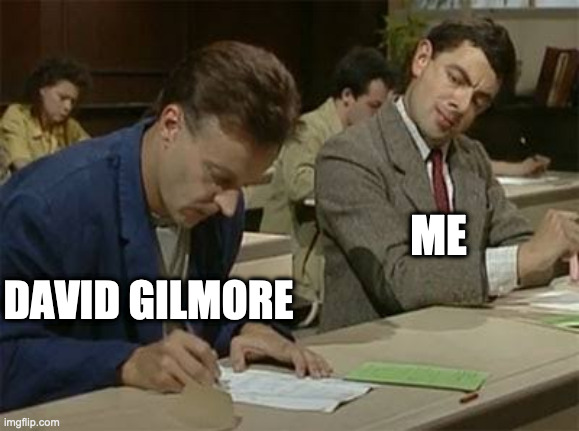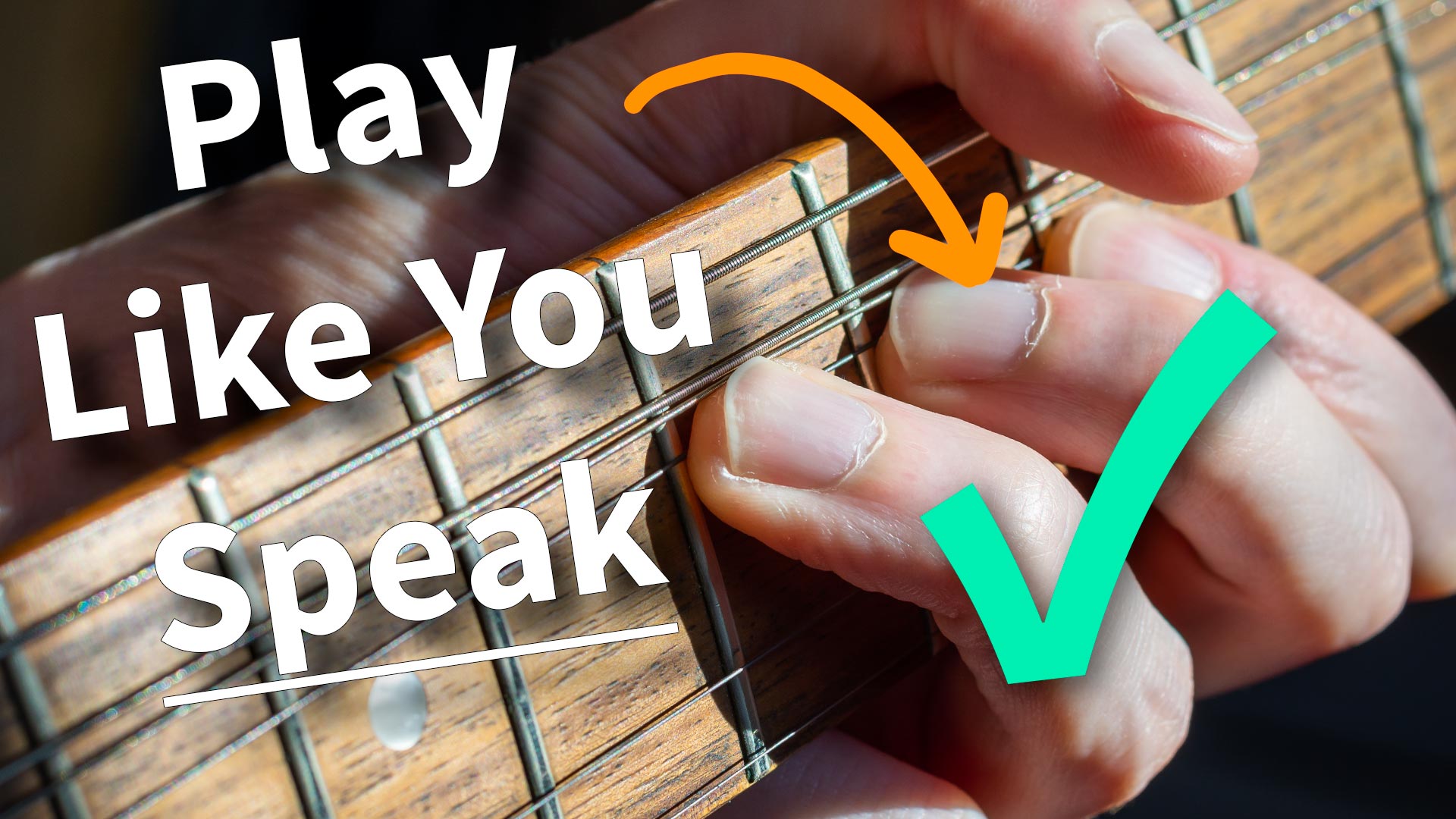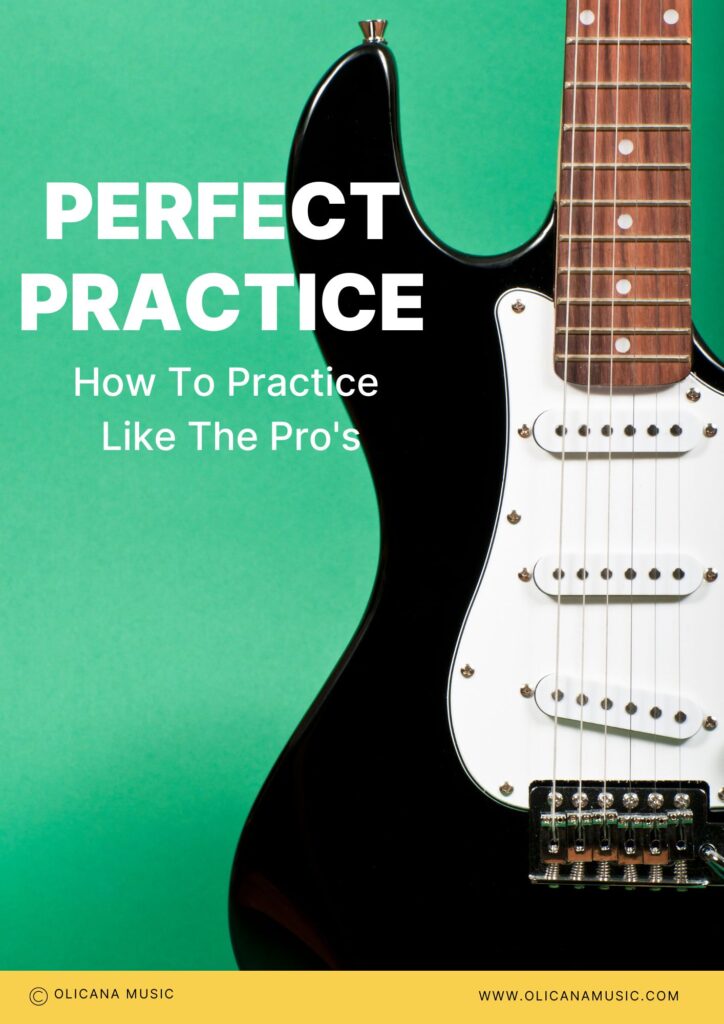Objectives
By the end of the lesson pack you will understand:
- The basics of phrasing on guitar.
- What a motif is.
- How to use phrases.
- How to chain phrases together.
- How to modify phrases on the fly.
Prerequisites
It would help to know:
- How to play the minor pentatonic scale in one position.
Motifs
The place to start with any solo is a motif. A motif is a musical idea that you use to build your solo around, it will act as a point of repetition that hooks the listener in. Repetition is important because it legitimises what you’re playing, it shows intention in your playing and helps the listener to make sense of your solo.
Motifs matter because music is a language. Research agrees with this statement, lots of studies report similarities in the way the brain processes music in language. In my experience when students start to think of music more like a language they tend to sound more musical. This is where you start in order to develop your guitar phrasing.
From a language perspective your motif becomes a small musical sentence. When the motif is repeated the listener will start to understand what you’re trying to say with it. Whether that’s a blues phrase tinged with sadness, a fast and loud musical statement filled with aggression, or an epic soaring lead line. Each of these hypothetical motifs conveys a description that the listener can understand.
In order to create a motif you need to have existing vocabulary that you can use to build the motif from. Although you could take notes from your scale of choice and combine them in a random order this won’t sound very musical. Here is the reason why.
When you think of oral language you don’t think of the alphabet, you think of words. When you speak you don’t think of the individual letters that make up a word, you think of the word as a whole. You certainly don’t go around reciting the alphabet randomly expecting it to make sense to people. Music is no different.
A scale is the same as the alphabet. You combine notes from the scale together to make phrases and licks. You then string these phrases together to form motifs and full solos. Playing the scale randomly is like speaking the alphabet to people, it doesn’t make sense to the person listening, and therefore doesn’t sound very musical. In order to get your guitar phrasing to sound musical you need to use established vocabulary (phrases and licks) that convey the language of the genre you are trying to create with.
Acquiring Vocabulary
How do you acquire vocabulary? When children learn how to speak they learn language through mimicry. The child copies the words their parents use and their vocabulary expands as they hear and learn more of the language. Eventually they learn how their vocabulary is constructed – this is the alphabet and grammar. Later they learn how they can use these tools to learn new vocabulary or even make up their own.
To start building your own vocabulary you should listen to, and copy, your favourite guitar players. Listen to your favourite solos and make a note of the licks that interest you. Then you should go back and transcribe those licks, learn how to play them, and then force them into your own improvisation until they become a natural part of how you play.
There is no shame in copying musicians that you like. It’s how everybody learns to play, and before long you will be modifying your vocabulary on the fly. This will enable you to sound more like yourself, and less like a knock off David Gilmore.

The response I often get in response to this is “That sounds great, but I can’t figure out Smoke On The Water by ear, never mind a Hendrix lick.”
This is a perfectly justifiable response, and it’s the reason lick packs and books exist. If you ear isn’t developed to the stage where you can work out things by ear yet you can use a preexisting lick repository to acquire vocabulary from.
A Google search for blues licks (or whatever style you are interested in) will return hundreds of results that you can use as sources of new vocabulary. To save you some effort I having included five licks and audio for them. Learn these and you can use them to complete the rest of the exercises in the lesson pack.
5 Licks
Making Your Solos Musical
Now that you understand why vocabulary is so important, lets look at how to get the most out of it. How you structure a sentence matters, so to does how you structure your phrases in a solo.
The place to start is with a motif. Start with a single phrase and use it as a motif. This phrase becomes the hook for your solo.
Playing the same phrase over and over is probably not going to stay very interesting for very long, so now it’s time to deviate from that motif.
The easiest way to do this is with call and response. Use one phrase as a call, and then reply with another phrase. This is the response. Another way of thinking about this is one phrase asking a question, and another replying with an answer. Use you motif as a call, and reply with a unique response each time, or work the the other way around and use your motif as a response, playing a unique call each time.
You don’t have to stick to a strict call – response structure. For example you can play the call multiple times and then respond. There are lots of ways you can structure a solo using this idea, the only limits are your imagination. As with most things music. So long as it sounds good, it is good.
When you are playing this way the most important thing is that you leave space. Space is important because without it the listener will have a hard time comprehending what they are hearing. When the phrases run into one another it is hard to tell where one idea ends and another begins. As such the benefits afforded by the motifs, and the call and response are lost.
When you are soloing, you are in essence trying to emulate a singer. Vocalists need to breath, so naturally put gaps between phrases so they can draw a breath. As guitarists we don’t need to do this so it can be easy to let phrases run into one another. Remember to leave space, just like you would in speech, so that the listener can understand what you are playing.
Exercises – Motifs and Leaving Space
Exercises – Call and Response
Modifying Your Vocabulary
As you start to integrate these ideas into your playing you will probably find that you are repeating a lot of your ideas. One solution is to expand your vocabulary by learning more licks. Another solution is to learn how to modify your current vocabulary on the fly.
The first kind of modification you can make to your vocabulary is to change it’s pitch content. By using replacing notes in the phrase with those from it’s parent scale, a new lick can be created. This is like taking a word and changing how it starts or ends. For example the word run could become runner, running, or ran, or it could become bun, fun, or nun.
You could then modify these new words in the same way (ban, ben, can etc). You are only limited by your imagination and experimentation to figure out what sounds good to your ear.
Notes from the chord you are playing over will always sound good, notes from the parent scale will also work depending on the chord you are playing over. And of course you could pick a note from outside the scale for something more dissonant. There is no wrong choice here so long as the modifications sound good to your ear.
Another way to modify your existing vocabulary is by changing the rhythm. Rhythm is an integral part of lead playing, by modify the rhythm of a an existing phrase you can totally change it’s character. Try taking a phrase and messing with the rhythm, slow down parts, speed up others, add a swing, remove the swing, turn it into triplets. If the phrase starts on beat one, try starting it on other subdivision of the bar such as the & of 1, or beat 4. Again the only limits are your imagination and experimentation.
The final kind of modifications you can try adding are articulations. Articulations are the way you play a phrase. For example, dynamics are a kind of articulation. You could play a phrase softly, or loudly. Both sound different. Other articulations include slides, bends, string rakes, hammer ons and pull offs. Playing with your fingers instead of a pick, staccato, grace notes. Even speed could be an articulation.
The same lick played fast sounds different when played slowly. Try taking a phrase you know and modify the way you articulate it. If the entire phrase is picked try bending to the last note. Or adding a grace note slide into the first note.
Exercises – Vocabulary Modification
Putting It Together
The best solos are created when all these ideas are put together. By combing motifs with call and response, and then modifying your phrases on the fly, you can create unique, musically interesting improvisations each time you take a solo.
Once you are comfortable with the individual exercises in the lesson pack, try mixing and matching them to go even further. Try combining the call and response exercises with the vocabulary modification exercises to really exhaust all the possibilities from a single phrase.
The goal when you learn any piece of new vocabulary is to try to use it as a springboard to create as many new ideas as possible. The best way to do this is to simply mess around with it. Try to find as many ways to break it and turn it into something new. Once again, you can’t do it wrong, your limits are only your imagination and what you like the sound of.



Ask your questions in the community